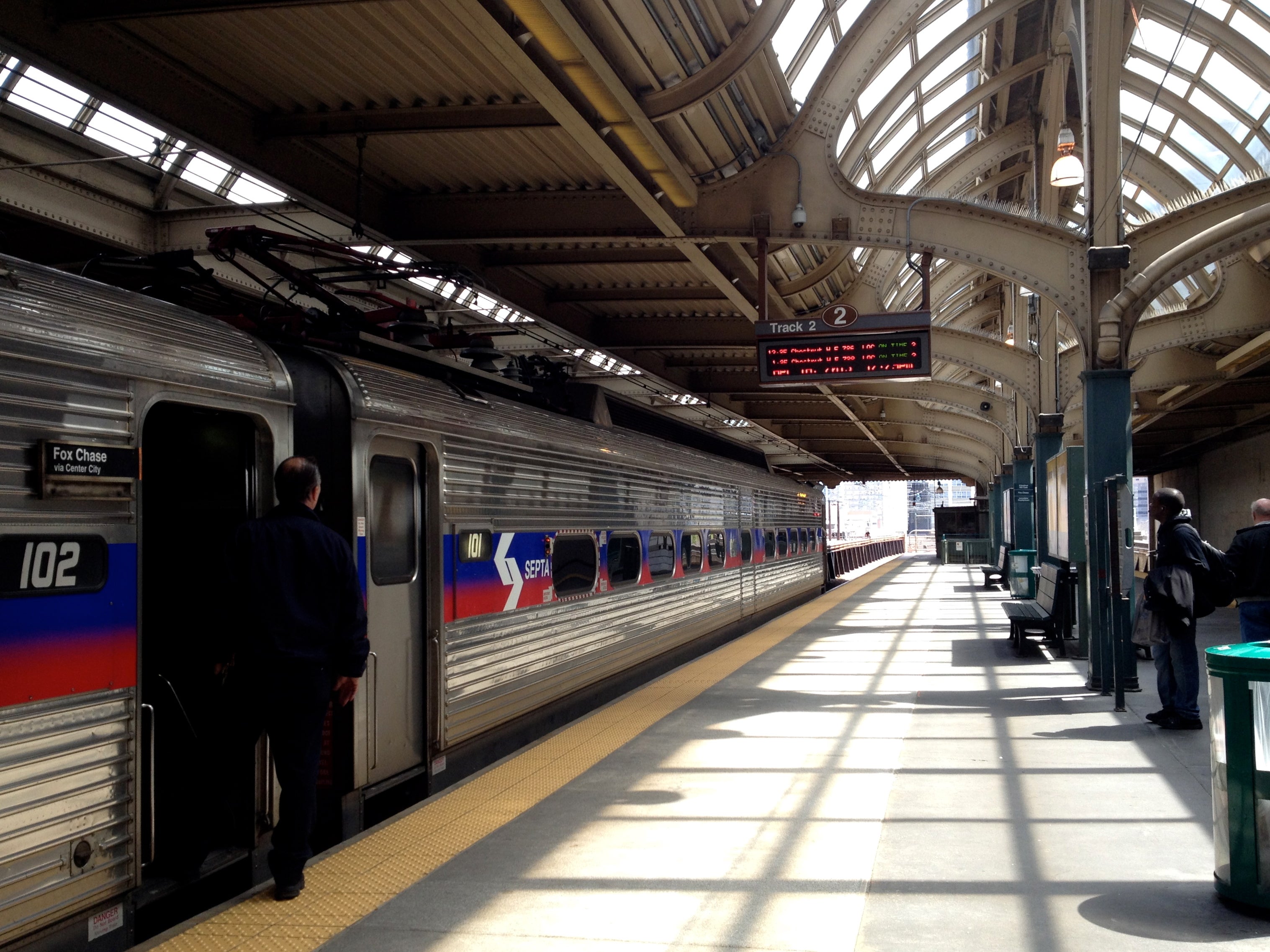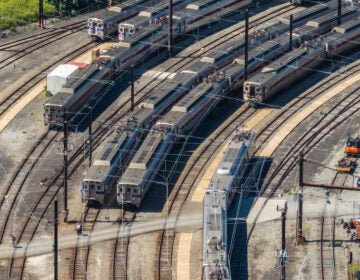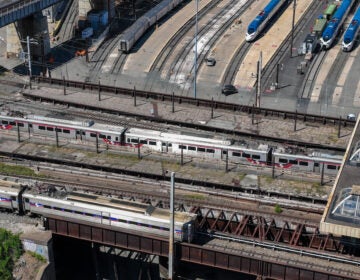SEPTA already screens for suspected cause of deadly Hoboken train crash

In the wake of September’s deadly train crash in Hoboken, federal regulators want railroads to do more to keep engineers awake.
The Federal Railroad Administration (FRA) ordered New Jersey Transit to screen engineers for sleep apnea and ensure those suffering from the fatigue-inducing disorder are treated before they can operate trains. The FRA will also release a safety advisory urging all railroads to screen for sleep apnea. The engineer in the Sept. 29th crash was found to have the condition, fueling speculation that he fell asleep at the helm.
SEPTA already screens for sleep apnea, said spokesman Andrew Busch. In an email, Busch said that SEPTA requires “all safety sensitive employees” to be tested sleep apnea, as well as diabetes, hypertension, and coronary artery diseases. This applies to all Regional Rail engineers and conductors (who, in an emergency, may be called upon to operate a train), as well as SEPTA bus operators, mechanics, subway operators and trolley operators. According to Busch, the screening program has been in place for about 15 years.
If an employee is at risk for sleep apnea or one of the other conditions, they are referred to doctors for further evaluation before being placed into one of the safety sensitive positions, Busch said. Employees diagnosed with moderate to severe sleep apnea must follow treatment protocols in order to work, said Busch, who said that SEPTA periodically monitors such workers with chronic medical conditions for compliance with their doctors’ orders.
The FRA regulations only cover railroads, which includes the area’s SEPTA Regional Rail, AMTRAK and New Jersey Transit commuter trains. “Railroads” do not include subways, trolleys or high speed lines like the Norristown High Speed Line or PATCO.
PATCO did not respond to PlanPhilly’s inquiries about its policies. It is unclear whether PATCO already screens its engineers for these medical conditions. PATCO has not had a serious accident in its operating history.
Even without screening, PATCO has safety systems in place that could prevent, or at least mitigate the damages from, a crash like the one in Hoboken. PATCO uses Automatic Train Control, a safety system that automatically applies the brakes when a train is going too fast in certain areas and the engineer does not respond.
SEPTA has installed a similar safety system, Positive Train Control (PTC), on most of its Regional Rail lines. The authority expects to activate PTC on its final corridor in December. SEPTA is way ahead of most peer railroads on implementing PTC, including NJ Transit, which did not have PTC installed at the time of the Hoboken crash.
All railroads are required to install PTC by the end of 2018 or seek a waiver from the FRA. The FRA granted such a waiver to NJ Transit for the section of track where the September crash occurred.
SEPTA’s trolleys, Norristown High Speed Line, and subways don’t have PTC. The federal rules mandating PTC only apply to commuter railroads.
While PTC helps trains communicate with one another and the track’s signal system, human errors only account for about 35 percent of train crashes, which are exceedingly rare to begin with. Even though it was active at the time, PTC did not prevent the Amtrak collision outside Chester, PA in April that killed two workers and injured 31 aboard the train. In that incident, communications between the workers and Amtrak trains broke down, tragically demonstrating a safety issue unaddressed by PTC.
WHYY is your source for fact-based, in-depth journalism and information. As a nonprofit organization, we rely on financial support from readers like you. Please give today.





